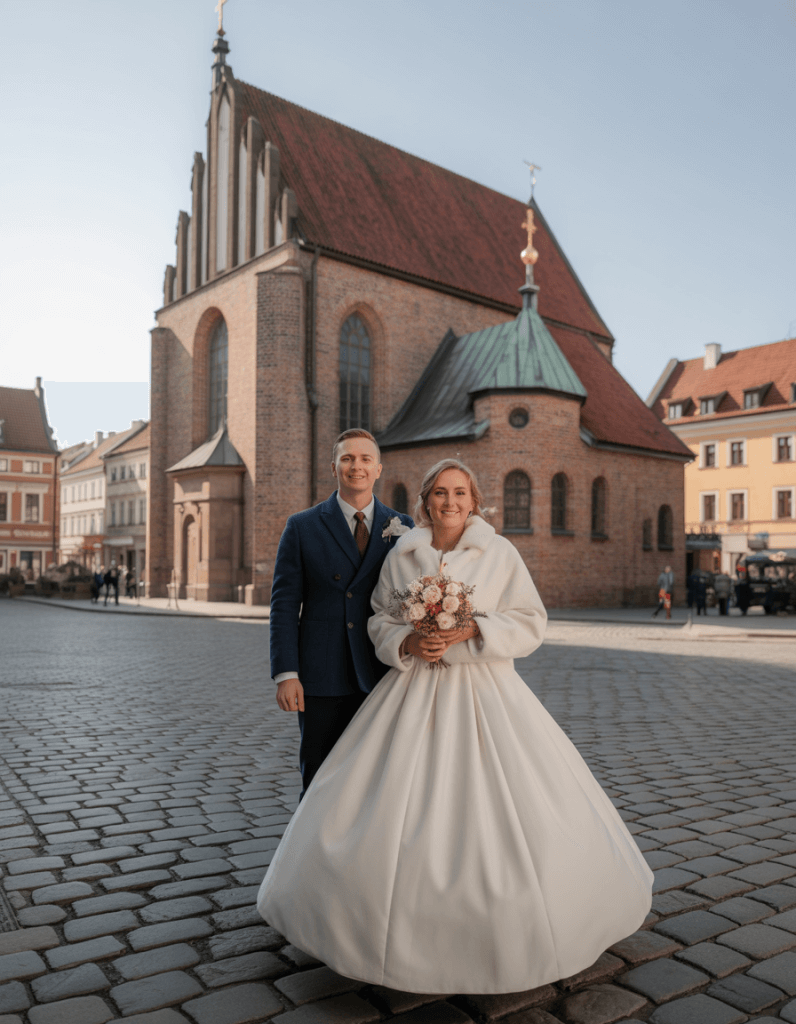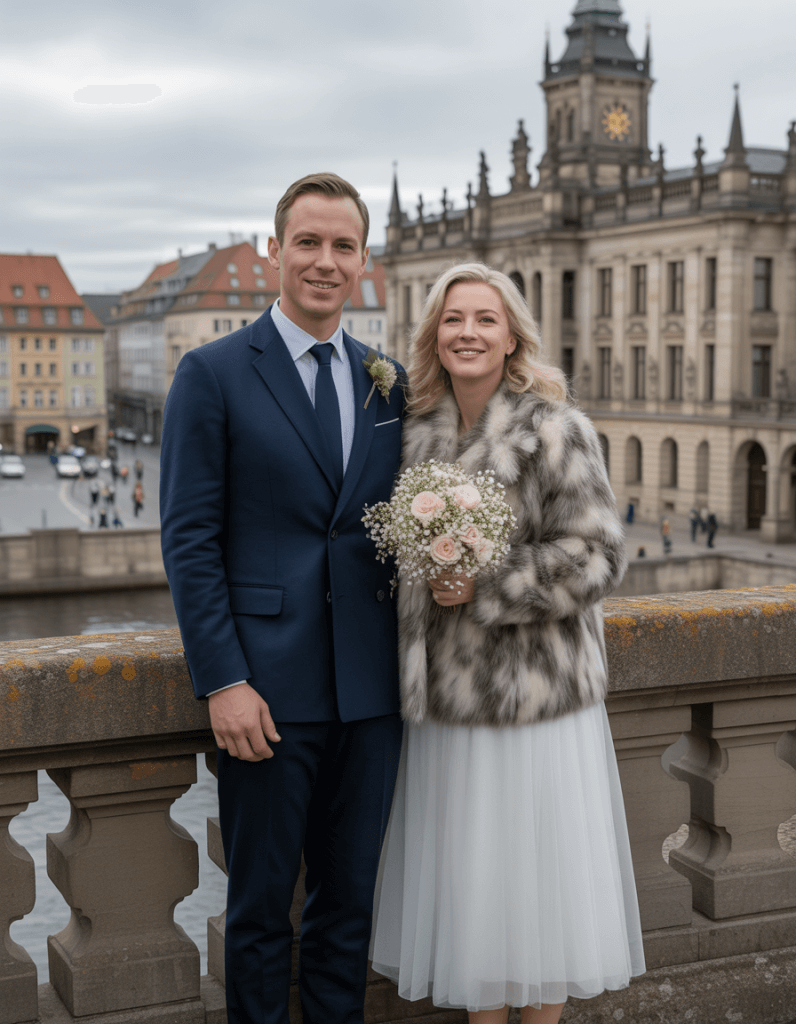Falling for a man who seems warm one moment and distant the next can feel like chasing a mirage. Just when you think you’re finally close, he withdraws, builds walls, and shuts down. This pattern is painfully common among people with the dismissive avoidant attachment style—and understanding it can transform how we see love, vulnerability, and connection.
The dismissive avoidant man often appears confident, independent, and even self-contained. He might say he values freedom, hates drama, or simply “isn’t into emotional talk.” But behind that cool exterior often lies a deep fear of relying on others and an equally strong desire to be loved—just on his terms.
This isn’t about blaming him. It’s about understanding the roots of his distance and learning how to create relationships where both partners can breathe, love, and grow.
1. What Does It Mean to Be a Dismissive Avoidant Man?
The dismissive avoidant man has developed a psychological strategy to protect himself from emotional pain. This is a form of insecure attachment that begins in childhood, often when caregivers were emotionally unavailable or dismissive of his needs.
When a child learns that expressing emotions doesn’t lead to comfort or safety, they adapt by becoming self-reliant. As adults, these individuals find it hard to trust others or allow anyone too close. The avoidant attachment style becomes their armor—keeping them safe from rejection, but also isolated from the emotional closeness they crave deep down.
He’s not cold by nature. He’s cautious. Independence feels safer than intimacy. Control feels safer than connection. And this fear of vulnerability often drives his behavior in romantyczne relacje.
2. Core Traits of a Dismissive Avoidant
At first glance, a dismissive avoidant man seems secure. He may come across as confident, intelligent, and calm under pressure. But as relationships grow deeper, certain patterns emerge that reveal his protective walls.
- Emotional distance: He avoids intense conversations, preferring logic over feelings.
- Self-sufficiency: He prides himself on not relying on others and expects the same independence from his partner.
- Control over vulnerability: He withdraws when intimacy deepens, finding emotional closeness overwhelming.
- Low need for reassurance: Compliments or affection often make him uncomfortable.
- Aversion to dependency: He avoids situations where someone might rely on him emotionally.
This doesn’t mean he’s incapable of love. He simply expresses it differently—through actions, stability, or problem-solving rather than emotional words or grand gestures.
3. The Inner Conflict: Wanting Love but Fearing It
The dismissive avoidant man is not immune to loneliness. He wants connection but struggles with the fear that it will cost him his autonomy. Emotional closeness can feel suffocating, like losing control over his sense of self.
When someone tries to get close, he may interpret it as pressure or emotional demand. He might retreat, go silent, or even push the person away—believing it’s better to distance himself now than risk rejection later.
This push-pull dynamic creates frustration for both sides. His partner feels abandoned, while he feels misunderstood. Deep inside, however, his withdrawal is a way to cope with overwhelming emotions he never learned to process safely.
4. How the Dismissive Avoidant Handles Relationships
In relationships, dismissive avoidant men often repeat the same cycle: attraction, connection, withdrawal. The beginning feels exciting—he enjoys the chase, the flirtation, the thrill of something new. But once emotional intimacy grows, fear starts to creep in.
He may:
- Stop initiating communication.
- Become emotionally unavailable.
- Avoid serious discussions about feelings or commitment.
- Focus excessively on work, hobbies, or independence.
- Downplay the importance of the relationship.
This is why many partners describe them as emotionally detached or even indifferent. Yet, the truth is more complex. He’s not avoiding ty—he’s avoiding the parts of himself that feel too vulnerable to show.
When others express emotional needs, he interprets it as criticism. When someone shows vulnerability, he freezes, unsure how to respond. His avoidant attachment style keeps him safe from emotional exposure, but it also prevents him from truly connecting.
5. Why He Doesn’t Pursue Romantic Relationships Easily
A dismissive avoidant man doesn’t pursue romantyczne relacje the way others might. His independence feels like a source of pride—he often believes he’s fine on his own. For him, relying on others feels risky, and emotional dependency feels like weakness.
He avoids situations that might require him to open up or commit deeply. If he senses that someone expects emotional reassurance or closeness, he instinctively pulls back. He might even tell himself that he’s “not ready” or “better off alone,” masking fear as practicality.
But that doesn’t mean he doesn’t want love. It means he’s afraid of being engulfed by it. His boundaries are rigid not because he doesn’t care—but because he doesn’t know how to rely on someone without feeling threatened.
6. How Childhood Shapes the Dismissive Avoidant Attachment Style
Most dismissive avoidant adults were raised in environments where emotional expression was minimized. Caregivers may have provided physical needs—food, shelter, safety—but lacked warmth, empathy, or emotional attunement.
Over time, the child learned that emotions were burdensome. Crying, expressing fear, or seeking comfort led nowhere. The safest path was detachment.
This early conditioning shapes their adult attachment styles. It creates an emotional blueprint that says:
“Don’t depend on anyone.”
“Feelings make you weak.”
“Handle things alone.”
As adults, this belief system becomes ingrained. They don’t know how to seek comfort or reassurance. When partners try to connect, it feels alien—sometimes even intrusive.
7. What It’s Like to Date a Dismissive Avoidant Man
Dating a dismissive avoidant can feel like an emotional rollercoaster. One moment, he’s charming, attentive, and engaged. The next, he’s distant, distracted, or cold.
He’s the kind of man who will text you all night, then disappear for a week. He might say he cares deeply about you but hesitate to label the relationship. His actions can feel contradictory because they are—his heart wants connection, but his mind fears it.
You may notice:
- He avoids discussing emotions or “heavy” topics.
- He minimizes problems rather than confronting them.
- He values his personal space above all.
- He resists vulnerability, even when he loves deeply.
For many partners, this is confusing. You might feel unwanted or unloved. But it’s crucial to remember: dismissive avoidants robić love—they just express it differently. Their way of showing affection might be fixing something for you, protecting you, or quietly supporting you behind the scenes.
8. Can a Dismissive Avoidant Change?
Yes—but not through pressure or persuasion. Change requires self-awareness and emotional healing. Many dismissive avoidants don’t realize how deeply their attachment wounds affect their relationships until they lose someone important or reach emotional exhaustion.
The first step toward change is recognizing the pattern. Through therapy, reflection, and emotional practice, they can begin to connect with their inner world safely. Learning to tolerate vulnerability, express needs, and rebuild trust in others takes time—but it’s possible.
Healing means understanding that połączenie isn’t control. Emotional closeness doesn’t destroy independence—it strengthens it. True security comes not from avoiding love, but from trusting it.
9. What a Partner Can Do (and Shouldn’t Do)
If you’re in love with a dismissive avoidant man, compassion and boundaries are equally important. You can’t force him to open up, but you can create an environment where emotional safety feels possible.
Do:
- Communicate calmly and clearly.
- Respect his need for space without taking it personally.
- Encourage vulnerability by modeling it yourself.
- Show consistency rather than intensity.
Nie rób tego:
- Chase him when he withdraws.
- Overanalyze every silence.
- Try to “fix” him through affection.
- Suppress your own needs to keep him comfortable.
Healthy relationships require balance. You deserve emotional reciprocity, not just understanding. If the relationship constantly drains you, it’s okay to walk away. Healing isn’t one-sided.
10. The Path to Healing: From Avoidance to Emotional Connection
For the dismissive avoidant, healing is about learning that emotions aren’t enemies—they’re guides. The goal isn’t to become dependent, but to integrate emotional awareness into independence.
Working with a therapist who understands attachment styles can help him reframe his patterns. He can learn that relying on others doesn’t mean losing control—it means expanding his capacity to love and be loved.
He might start to:
- Express feelings rather than suppress them.
- Recognize triggers that cause withdrawal.
- Build trust through small, consistent acts.
- Develop emotional closeness without fear.
For his partner, healing means letting go of the fantasy of changing him. True change comes from within. But sometimes, seeing unconditional love can inspire even the most dismissive heart to open.
11. Why Understanding Attachment Styles Matters in Love
Knowing about attachment styles helps us see that love isn’t just about chemistry—it’s about compatibility of emotional patterns. Understanding whether someone is avoidant, anxious, or secure can prevent heartbreak and help us grow emotionally.
The dismissive avoidant man isn’t cold-hearted; he’s protecting a wounded part of himself. Recognizing this doesn’t excuse harmful behavior, but it explains it. And when we understand each other better, compassion becomes easier than judgment.
Every relationship is a mirror. When you love someone who struggles with intimacy, you also meet your own fears—of abandonment, rejection, or unworthiness. Healing these together is how emotional connection deepens.
Conclusion: Beneath the Silence, There’s Still Hope
The dismissive avoidant man lives behind walls that were built for survival, not cruelty. His distance isn’t a rejection of love—it’s a reflection of his fear of it. And yet, beneath his silence lies a heart that still wants to be seen, accepted, and loved without pressure.
Love can’t force him to change, but it can offer safety—the kind of safety that makes vulnerability feel possible.
Healing starts the moment he realizes that letting someone in doesn’t mean losing himself. It means finally finding the connection he’s been avoiding all along.













